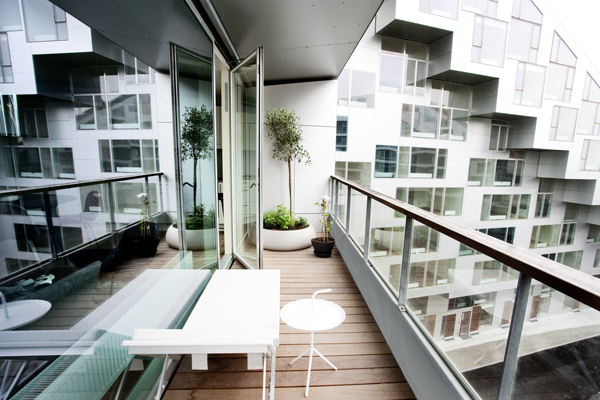HONORABLE MENTION – ROME CITYVISION COMPETITION
studio d3r
e*house rome
Local derivation
As a world city Rome developed magnificently through time. The achievements of the Roman Empire approved the city’s position politically, socially as well as financial. The togetherness of the city got more difficult the more people moved to it.
The urban districts officially started being part of Rome’s new urbanisation in 1926. During “il boom”, or the Italian economic miracle, from the mid-1950s to the early-1970s masses of Italians moved to the major industrial districts. A lot of immigrants from south Italy occupied Rome’s periphery living in informal houses.
In the last years Rome’s government made essential developments in the integration of the quarters outside the historical centre. More and more projects are incorporating the social relations of youths and adults, as the ‘Tenda Roma’ or ‘Parole e Musica’.
Urban strategy
In order to support the city’s vision of a closer collaboration of districts, to stimulate the contemporary happenings in the city as well as the experience of the citizens and to transmit cultural examination to the spot, we developed the project of the e*house (‘exhibition house’).
Through the e*house the relationship between the city and its cultural behaviour is enhanced. In walking trough the city the citizens discover and experience its cultural behaviour through the e*houses which operate as an urban museum. Citizens can experience the e*house either through a surprising moment in discovering it by chance or through arranging a promenade passing by various e*houses found on www.e*house.it.
The distribution of the e*houses is spread in the quarters outside the historical centre and is proportional to the number of inhabitants of the urban districts. That means that there is one e*house from 1.000 up to 10.000 inhabitants for the ‘quartieri’, and from 1.000 up to 20.000 inhabitants for the ‘Agro Romano’. For example, in Tuscolano, the biggest quarter with 106.301 inhabitants, there will be 11 e*houses.
In order to achieve as many observers as possible the e*houses have fixed positions on main urban hubs such as bus stops.
Methodology
Each month contemporary artists have the opportunity to expose into public their challenging visions of the world and its culture in one of the e*houses.
Artists in the fields of product design, graphic design, fashion, literature, architecture, philosophy, sculpting, theatre, performance, art, scenography, archaeology, sound design and music are invited to participate.
The changing works are arranged by monthly alternating disciplines. The multidisciplinary exhibitions could furthermore support the interactivity between the artists themselves.
The exchange of the exhibition is preceded staging a happening. Daily cranes arrive to support time-delayed the installation of several e*houses at differing spots. During the modification a loudspeaker sounds out loud the happening. The installation is mounted in the openings of manhole covers. When the e*house is positioned the artist continues with the setting up of the exhibition surrounded by interested spectators. After the exhibits are fully set up the loudspeaker is detached and the exposure can enrich the citizens’ lives for one month.
Theoretical derivation
Architecture, seen as the material expression of the contemporary society, is being challenged to answer not only structural, esthetical, material, spatial and technological questions but also sociological. The digital era has found its impact on many disciplines and infiltrates more and more the architectural presence.
Rome is the city devoted to a tradition which defines heavy materiality as cement, brick or marble and massive and durable architecture, compared to London as an example of lightweight structures and the use of new materials as glass, carbon and aluminium.
The virtuality of architecture created by the immaterial reflections of the physical surrounding demonstrates the infiltration of the digital era into the traditional style. By using a chrome facade which reflects the present (the street life), the past (the well-known everyday surrounding) as well as the future (tendencies of the digitalism) the connection among the three sequences is unified in the e*house.
Being a non-profit project the e*house contrasts the oversaturated commercial advertisements in the city.
Design
The e*house is a multifunctional and multimedial sheath that hosts ever changing interpretations of the artists and can be converted individually. The e*house can be disposed in three positions according to the visions of the exhibitors, pointing in different directions.
As a showcase it consists of a glazed front on both main sides that are embedded in a steel hollow profile frame. The construction integrates the electricity supply and its distribution. The energy supply could be provided through a rechargeable lithium-ion battery that is exchanged at each happening.
The showcase being transparent introduces the visionary culture into the citizens every day’s lives and indicates the new tendencies of the future development of art, the artists’ open-minded proposals as well as their very confrontational views. The red colour attracts the spectator and converts the work into an eye-catcher.
Project’s benefits
The project is launched in order to activate and stimulate Rome with its artists, its citizens and its government. Those can benefit from the e*house; firstly artists have the opportunity to spread their work into the public, secondly the citizens get part of the cultural happening of their city and thirdly the ‘Comune di Roma’ can improve the social relationship of the centre and the periphery.
Related Posts :
Category: Article
Views: 3584 Likes: 0
Tags: competition , mentioned , studio d3r
Comments:
Info:
Info:
Title: HONORABLE MENTION – ROME CITYVISION COMPETITION
Time: 28 giugno 2011
Category: Article
Views: 3584 Likes: 0
Tags: competition , mentioned , studio d3r








